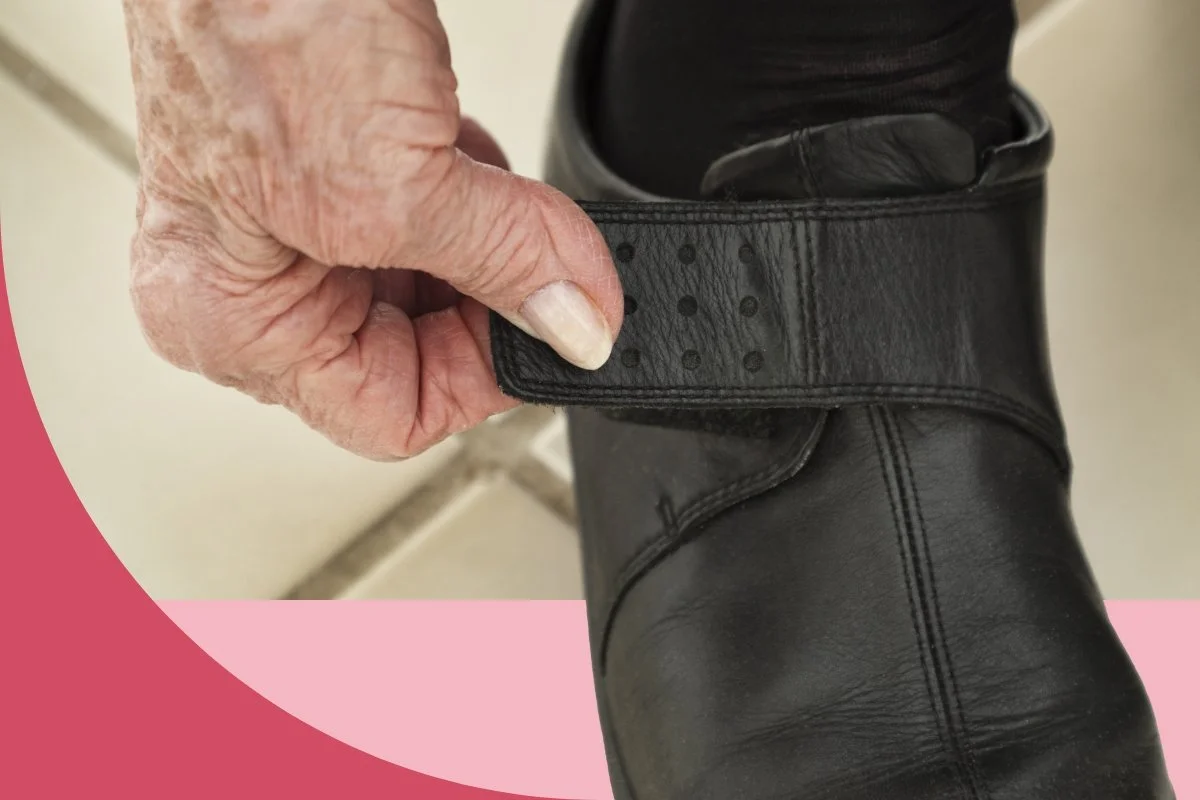What is Adaptive Clothing?
Fashion is one of the ways we express ourselves. We showcase our personality through colors, patterns and styles — how we dress makes us feel good and maintains our sense of identity. Adaptive clothing offers people with disabilities the chance to supplement their style with comfortable, easy-to put-on features. Read on to learn more about clothing for people with disabilities.
Adaptive Clothing Explained
Some clothing is specifically designed for people with disabilities. Certain features, such as velcro straps or stretchy waistbands, make it easier for people to dress — whether by themselves or with the help of a personal care attendant.
Generally, adapted clothing reduces features that may make a person uncomfortable, such as zippers or buttons. Though not an extensive list, these features often benefit people with:
Arthritis
Muscular Dystrophy (MD)
Multiple Sclerosis (MS)
Dementia and Alzheimer’s
Brain Injury
Spinal Cord Injury
Many brands offer clothing with accessible features that connect people with disabilities to comfortable, functional and stylish pieces. Some popular brands include Tommy Hilfiger, Silvert’s and Magnetic Me.
Features of Adapted Clothing
Magnetic Closures
Magnetic closures are often featured on adaptive clothing, such as button-down shirts, flannels, bras and pants. Magnetic closures offer an alternative to buttons and zippers, making clothing easier to put on and take off for people with limited dexterity or mobility.
Hook and Loop fasteners
Hook and loop fasteners, like VELCRO®, are another alternative to traditional closures. One common way we see hook and loop fasteners in clothing for people with disabilities is shoes. Shoes with hook and loop fasteners allow the wearer to slip them on and forgo tying the laces.
Open Sides or Backs
Adapted clothing often features open sides or backs fastened by hidden snaps. Tops and pants with these features offer full coverage, but they are easier to take on and off. Adaptive clothing with these features is often used by those who have limited motor skills and may need assistance from a personal care attendant. Shirts with openings can also allow easy access to medical devices such as ports or feeding tubes.
Higher Backs on Pants
People who use wheelchairs may want custom clothes that make sitting more comfortable. Some pants are specifically designed with wheelchair use in mind, featuring a higher rise back to prevent bunching while in a seated position.
Tagless Tags
Tags can trigger overload for those with hypersensitivities to tactile sensation. Adapted clothing often features tags printed directly onto the garment, leaving a sensory-free surface that still has sizing and washing information.
Unlock Independence with Paraquad
Exploring fashion through adaptive clothing is just one element of independence. Paraquad’s focus goes beyond clothing for people with disabilities — instead, we partner with each person to help them explore what personal independence looks like in every dimension.
For more about living with a disability, visit Paraquad’s blog for weekly resources and information.

